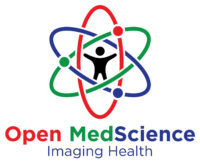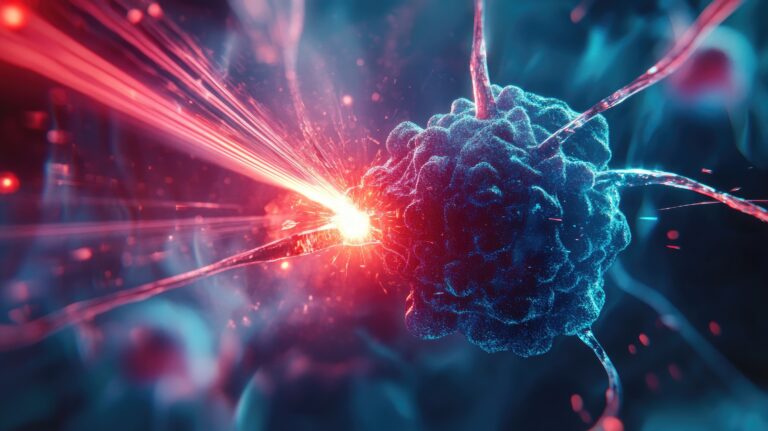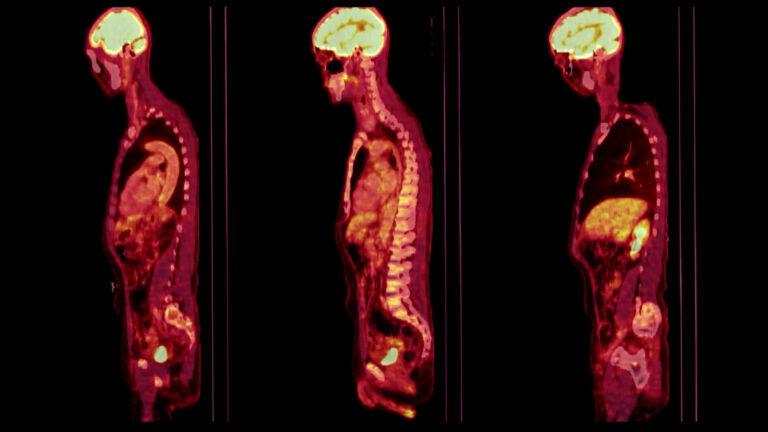Automated Radiation Dose Optimisation
Automated radiation dose optimisation is an essential aspect of modern medical imaging, ensuring that patients receive the lowest possible radiation dose while maintaining high-quality diagnostic images. This approach leverages advanced algorithms, artificial intelligence (AI), and real-time monitoring to tailor radiation exposure to individual patient needs, reducing unnecessary risks associated with ionising radiation.
Importance of Dose Optimisation
Medical imaging techniques such as computed tomography (CT), fluoroscopy, and digital radiography are invaluable tools in diagnosing and monitoring various medical conditions. However, excessive radiation exposure can increase the risk of stochastic effects such as cancer. Therefore, balancing image quality with minimal radiation exposure is a key priority. Traditional dose reduction methods relied on manual adjustments by radiographers and radiologists, but automation now offers a more precise, consistent, and efficient approach.
Automated Techniques for Dose Optimisation
- AI-Based Algorithms
AI-driven software can analyse imaging parameters and patient-specific data to optimise exposure settings in real time. Machine learning models are trained on vast datasets to predict the minimum dose required for an acceptable diagnostic image. These systems continuously improve as they process more patient data, enhancing their accuracy and effectiveness.
- Automatic Exposure Control (AEC)
AEC systems adjust radiation output based on patient size, tissue density, and imaging requirements. These systems dynamically modify exposure settings to ensure adequate image contrast and resolution while minimising dose. Modern AEC systems integrate AI and deep learning to refine their adjustments further.
- Dose Tracking and Feedback Systems
Real-time dose monitoring allows healthcare providers to track radiation exposure across multiple imaging sessions. Automated dose management software collects and analyses radiation dose data, alerting clinicians to potential overexposure and suggesting adjustments for future scans. This feedback mechanism helps to maintain compliance with dose reference levels (DRLs) and regulatory standards.
- Personalised Protocol Selection
Automated systems can tailor imaging protocols to individual patients based on factors such as age, weight, and clinical history. For example, paediatric patients require significantly lower radiation doses than adults, and automated protocols can ensure appropriate dose adjustments without manual intervention.
Benefits and Challenges
Automated dose optimisation enhances patient safety by reducing unnecessary radiation exposure while maintaining diagnostic accuracy. It also improves workflow efficiency, reducing the burden on radiographers and ensuring consistency across imaging procedures. Additionally, automation helps healthcare institutions comply with radiation safety regulations, minimising legal and ethical concerns.
However, implementing automated dose optimisation comes with challenges. The integration of AI-driven systems into existing imaging workflows requires significant investment in technology and training. Additionally, variations in patient anatomy and medical conditions may sometimes require manual intervention to ensure optimal image quality.
Conclusion
Automated radiation dose optimisation represents a significant advancement in medical imaging, improving patient safety and diagnostic precision. As AI and automation technologies continue to evolve, these systems will become even more effective, ensuring that radiation doses remain as low as reasonably achievable (ALARA) without compromising clinical outcomes.
You are here:
home » Automated Radiation Dose Optimisation



